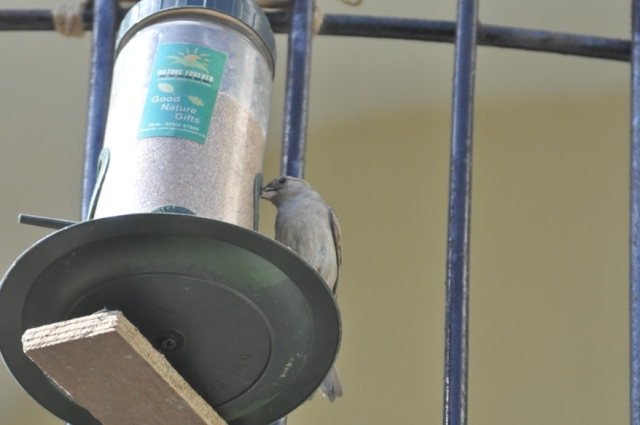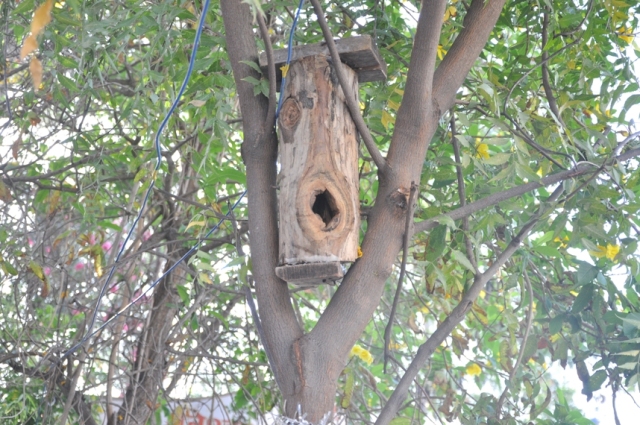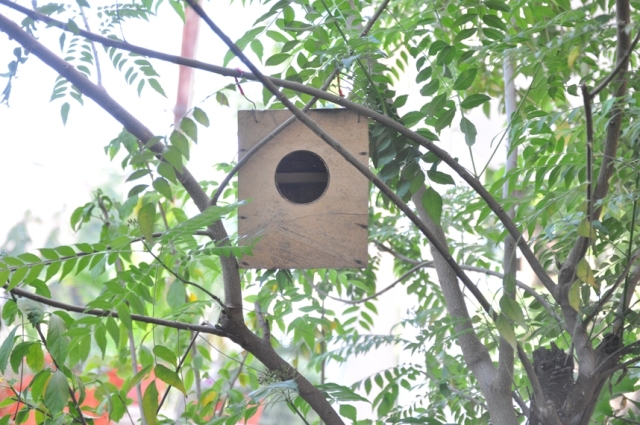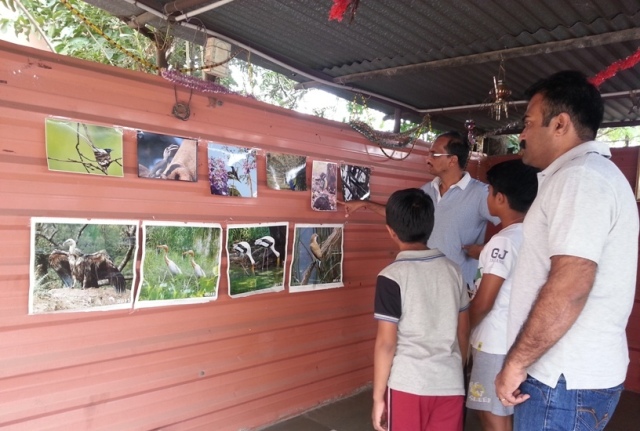Birdsof Urban areas and the need for their Conservation
-Ajay Gadikar
In the last many years, while watching birds,I have came across scenes where I can witness biodiversity loss, habitatfragmentation and land
cover changes occurring across everywhere irrespective oflocal city level, state level or national level. Everywhere one can see conversion of agricultureland for residential and commercial usage; these projects are altering the green cover andin turn disturbing
the flora and fauna of the area. These human activities arecausing adverse effects on ecology of the area and hence disturbance to local avifauna.
An urgent need for the city based birdconservation action plan is required in many cities on the basis of whichconservation actions can be taken.
I tried to focus upon this issue and chalkdown some of the activities that one can do to keep the avifauna of the areaintact. As new and new
housing andcommercial projects will further disturb the green cover in the future, some ofthese actions can be taken to save the urban birds and their habitat.
InvolvingStakeholders: Both the Landowners
and the residents of thenew colonies should be involved in the conservation activity.
1. TThe
Builders– First of all, the Builders should beallowed to do only minimum felling of the trees on the projected residentialsites; as far as possible old
and biggertrees must be saved from felling. Secondly,they should not be allowed to level the small water bodies as far as possible evenif the waterbody falls on their private land. A loss of waterbody in any area forces manywaders to move out of the area
permanently. The Builders should be forced to constructcompulsory water recharging pits on the ongoing projects sites.
The
Residents-- Landowners & Residents should be encouraged to plant trees in the campusarea with more focus on planting fruit bearing trees
along the roads of thecolonies. Even small flowering plants are habitat for many birds, as theseplants provide food and shelter to them. So residents should be encouraged tomaintain some minimum plantation near their houses so that the birds dependenton them
can find shelter.

Also flowering plantsattract butterflies, honey bees and other insects in the area which in turnprovides food for many
of the insectivores’ birds. Installation of nest boxes at the mostappropriate places is the need of hour as there are less number of older andbigger trees with suitable nest cavities, so one should try to install as manyas nest boxes to provide the bird with
suitable nesting places.
I think many commonly found backyardbirds can be retained in the area even with the newer construction by carefullymaintaining
their habitat.

GoGreen Initiative: The residential
societyformed in the new townships should have an approach through which a localsustainable development program can be formed and enforced. The approach can beinitiated by the local authority (Municipal Corporation) which can provideleadership and can closely
cooperate between the residents, NGOs, and otherinterested agencies. Programs such as garbage management, composting, waterharvesting and plantation of trees should be done in the colonies. By providing these sustainable developmentmodel the avifauna of the
area itself can be retained and conserved.

AwarenessCampaign: As far as possible,
residents should beencouraged to organising events likeenvironment day, world sparrow day, bio diversity day and earth day etc. sothey can be motivated towards the protection for the biodiversity and avifauna.
Simple awareness drives like providing waterand grains for birds during summers every year, maintaining greenery in theirrespective area, planting
many fruit bearing trees in the colony garden, aresimple and effective bird conservation initiatives which can be followed tosafeguard the interest of the commonly found backyard birds. This birds also require a little bit of ourassistance in terms providing
protection and a suitable place for nesting inour vicinity, so residents should be educated to leave some undisturbed area asfar as possible so that the birds can breed there.

Also besides celebrating the different ecodays, mentoring by learned and senior
people should becarried out during the different social gatherings, one should seriously need to cultivate thespirit of Vasudhaiva kutumbakam (all those born on Earth are part of a singlefamily). To think that only human beingshave
the right to live and flourish, and all other living entities are meant tobe used to achieve that goal is only shamefully selfish. Being the most intelligent and able creatureon earth, it is rather our responsibility to take care of other living entities.
(Ajay Gadikar is an Indore based naturalist)